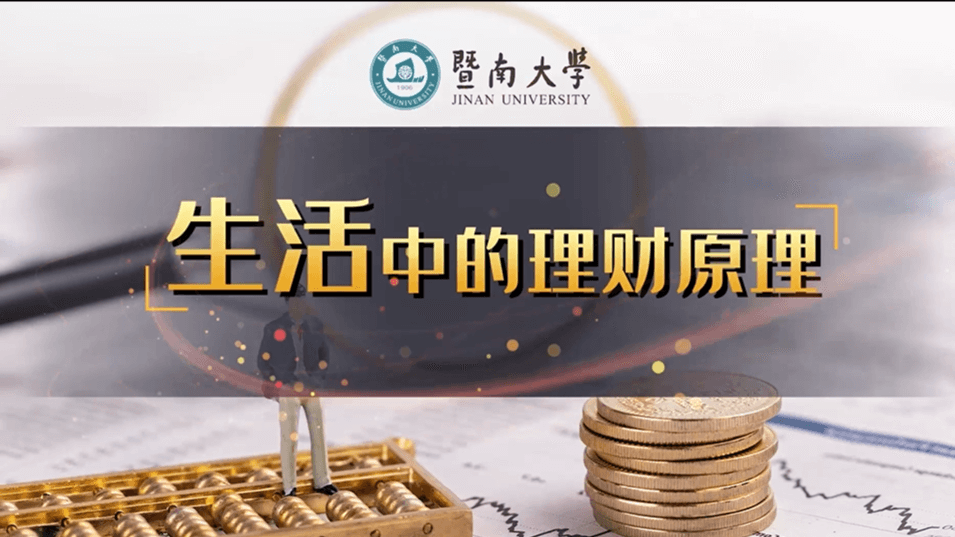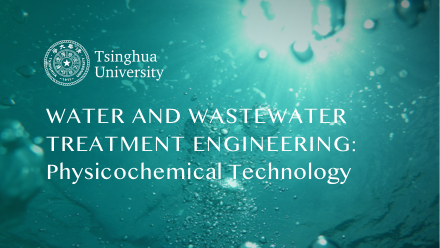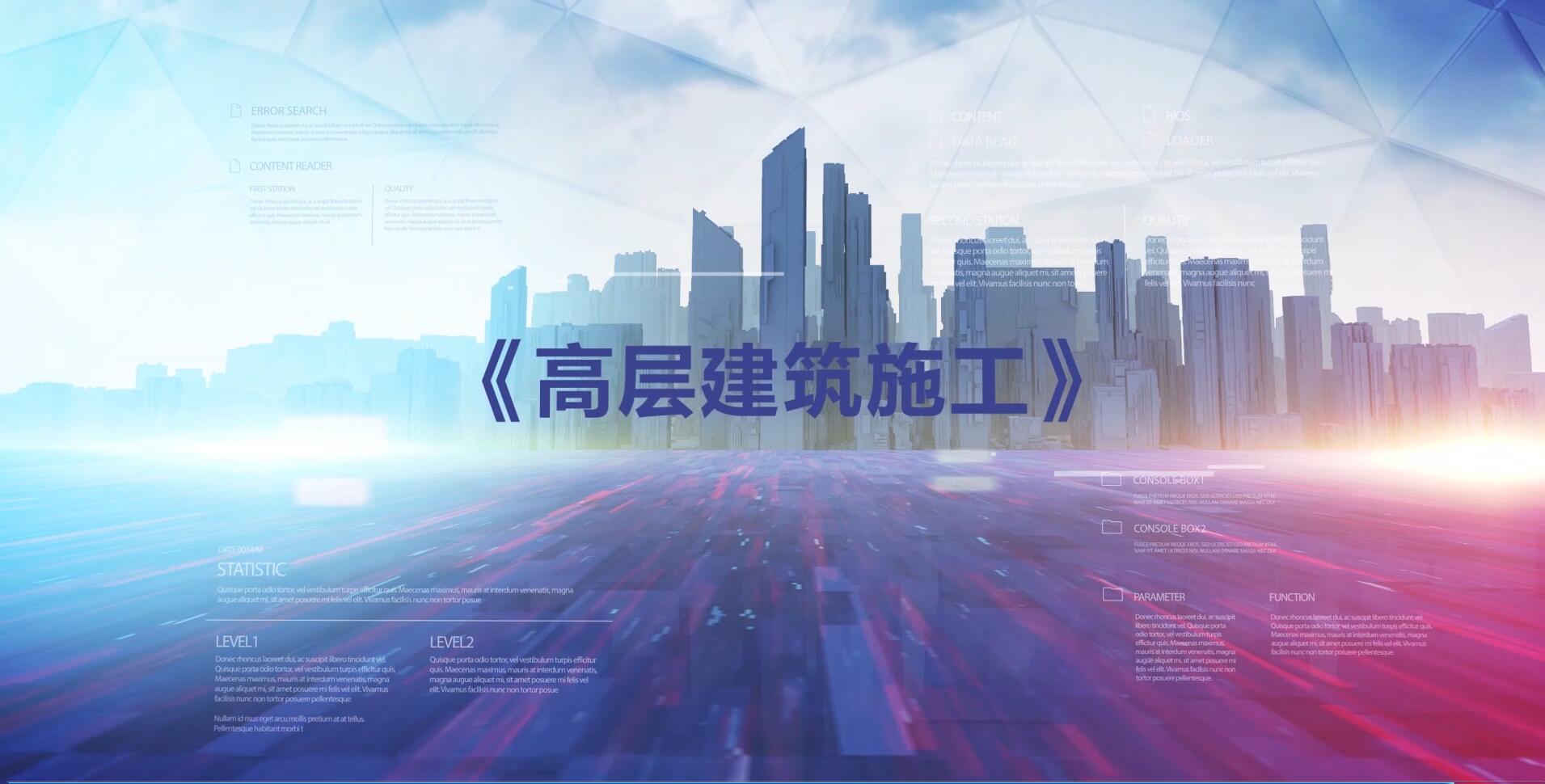
当前课程知识点:Water and Wastewater Treatment Engineering: Physicochemical Technology > Chapter 8 Redox method > 8-4 Supercritical water oxidation > 8-4 Supercritical water oxidation
返回《Water and Wastewater Treatment Engineering: Physicochemical Technology》慕课在线视频课程列表
返回《Water and Wastewater Treatment Engineering: Physicochemical Technology》慕课在线视频列表
同学们好!在这一节我们将介绍超临界水氧化
首先介绍超临界水氧化法的基本原理
在此之前,我们先来看看什么是超临界流体以及它都有什么特性
大家都知道,任何物质随着温度、压力的变化都存在固态、液态、气态三种形态
三态之间相互转化的温度和压力值称为三相点
而对于每种相对质量不太大的稳定的物质,都有一个固定的临界点
临界点参数通常包括临界温度、临界压力以及临界密度
当把处于气液平衡的物质升温升压时,热膨胀会引起液体密度减少
而压力的升高又会引起气液两相的相界面消失
成为一个均相体系,这一点即为临界点
当物质的温度和压力分别高于临界温度和压力时就处于超临界状态
那么超临界流体具有什么样的特性呢?
它是存在于气液两种流体以外的第三流体
超临界流体具有很多的特性,比如扩散系数比一般液体高10-100倍,有利于传质和热交换
具有可压缩性,温度或压力较小的变化即可引起超临界流体的密度发生较大变化,并影响溶解能力
超临界流体这些独特的特性使人们近年对超临界流体的技术和应用产生了极大的兴趣
而其中水是应用最广泛的超临界流体
水在通常情况下,作为极性溶剂,一般可以溶解包括盐类在内的大多数电解质
但对气体和大多数有机物则是微溶或不溶,密度几乎不随压力的变化而改变
但如果水处于超临界状态,也就是说超临界水时
温度的微小变化将引起超临界水的密度大大降低
如在临界点,水的密度仅为0.3g/cm3
而且水的介电常数也随之降低,引起超临界水的溶解能力发生变化
对非极性有机物溶解能力增加
但对无机物质的溶解度急剧下降,导致原来溶解在水中的无机物的析出
超临界水可以与空气、氮气、二氧化碳等气体形成完全互溶
因此,我们可以把超临界水作为一种氧化体系
对水中的污染物进行氧化,就会起到很好的氧化效果
这主要是因为超临界水对有机物和氧气都是极好的溶剂
因此有机物和氧气可以大量溶解在超临界水中
因此,有机物的氧化可以在富氧均一相中进行,反应不会因相间转移而受到限制
同时,高温可以加快反应速度,在几秒钟即可实现对有机物的高度破坏
因此,在超临界水状态下有机物的氧化比较彻底
可以分解成二氧化碳和水,有机化合物中的杂原子可以氧化成酸、碱和氧化物
而酸和碱可以进一步进行中和,生成无机盐,在体系中析出
下面介绍超临界水氧化的工艺流程
典型的超临界水氧化工艺流程如图所示
含高浓度有机物的废水先由泵打入到氧化反应器中
在这里与循环反应物直接混合加热,以提高温度
然后,空压机将空气增压,通过循环喷射泵把上述循环反应物一并打入氧化反应器中
有害有机物与氧就会在反应器的超临界水相中进行反应
同时氧化释放出的热量将反应器中的所有物料加热至超临界状态
反应结束后,废液进入固体分离器中
将反应中生成的无机盐等固体物质从流体相中沉淀分离出来
固体分离器出来的流体一部分循环进入反应器
另一部分作为高温高压流体先通过蒸汽发生器产生高压蒸汽
再通过高压气液分离器,在此,N2和大部分CO2气体得到分离
进入透平机,为空气压缩机提供动力
而液体部分则经过减压阀减压,再进入低压气液分离器
进一步分离气体后,最后作为处理后的清洁水排放
超临界水氧化与其他氧化技术相比具有以下的优势
一是处理效率高,对污染物的处理彻底
二是反应时间快,停留时间短,可适用于各种有毒物质、废水废物的处理
而且在氧化过程中不形成二次污染
产物不需要进一步处理,无机盐可以从水中分离
当有机物的含量超过2%,在反应过程中产生的热可以维持反应所需要的热量
因此,超临界氧化在处理高浓度难降解的废液中具有突出的优势
-0-2 Water treatment process
-0-3 Wastewater treatment process
--0-3 Wastewater treatment process
-Chap 0 Homeworks
-1-1 Introduction
-1-2 Properties of colloids
-1-3 Mechanisms and process of coagulation and flocculation
--1-3 Mechanisms of coagulation and flocculation
-1-4 Coagulant and coagulant aids
-- 1-4 Coagulant and coagulant aids
-1-5 Kinetics of coagulation and flocculation
--1-5 Kinetics of coagulation and flocculation
-1-6 Factors affecting the coagulation performance
--1-6 Factors affecting the coagulation performance
-1-7 Facilities for coagulation and flocculation
--1-7 Facilities for coagulation and flocculation
-Chapter 1 Homeworks
-2-1 Introduction
-2-2 Discrete particle settling
--2-2 Discrete particle settling
-2-3 Flocculent settling
-2-4 Zone settling
-2-5 Rectangular settling tank
--2-5 Rectangular settling tanks
-2-6 Process calculation of rectangular settling tanks
--2-6 Process calculation of rectangular settling tanks
-2-7 Vertical Flow (up-flow ) and radial flow settling tank
--2-7 Vertical Flow (up-flow ) and radial flow settling tank
-2-8 Plated sedimentation tank
--2-8 Plated sedimentation tank
-2-9 Clarification pool
-3D interactive demonstration for settling tanks
-Chapter 2 Homework (part 1)
-Chapter 2 Homework (part 2)
-3-1 Introduction
-3-2 Theoretical foundation of air floatation
--3-2 Theoretical foundation of air floatation
-3-3 Pressurized dissolved air flotation
--3-3 Pressurized dissolved air flotation
-Chapter 3 Homework
-4-1 Introduction
-4-2 Structure and process of conventional rapid filter
--4-2 Structure and process of conventional rapid filter
-4-3 Water head loss of filter
--4-3 Water head loss of filter
-4-4 Filtration method of filter
--4-4 Filtration method of filter
-4-5 Filter media
-4-6 Water distribution system
--4-6 Water distribution system
-4-7 Filter backwashing
-4-8 Siphon filter
-4-9 Gravity valveless filter
--4-9 Gravity valveless filter
-4-10 Movable hood filter
-3D interactive demonstration for filtration tanks
--Usage and description for 3-D demonstration
-Chapter 4 Homework
-5-1 Introduction
-5-2 Influence factors of disinfection
--5-2 Influence factors of disinfection
-5-3 Chlorine disinfection
-5-4 Chlorine dioxide disinfection
--5-4 Chlorine dioxide disinfection
-5-5 Ultraviolet disinfection
--5-5 Ultraviolet disinfection
-Chapter 5 Homework
-6-1 Ion-exchange resin
-6-2 Properties of ion-exchange reactions
--6-2 Properties of ion-exchange reactions
-6-3 Properties of cation exchange resin
--6-3 Properties of cation exchange resin
-6-4 Properties of anion exchange resin
--6-4 Properties of anion exchange resin
-6-5 Softening system using ion exchange
--6-5 Softening system using ion exchange
-6-6 Desalination system using ion exchange
--6-6 Desalination system using ion exchange
-6-7 Ion-exchange equipment
-6-8 Treatment of industrial wastewater by ion-exchange method
--6-8 Treatment of industrial wastewater by ion-exchange method
-Chapter 6 Homework
-7-1 Introduction
-7-2 Principle and characteristics of electrodialysis
--7-2 Principle and characteristics of electrodialysis
-7-3 Configuration of electrodialysis unit
--7-3 Configuration of electrodialysis unit
-7-4 Operating parameters for electrodialysis unit
--7-4 Operating parameters for electrodialysis unit
-7-5 Principle and process of reverse osmosis
--7-5 Principle and process of reverse osmosis
-7-6 Operating parameters for reverse osmosis
--7-6 Operating parameters for reverse osmosis
-7-7 Principles and characteristics of UF and MF
--7-7 Principles and characteristics of UF and MF
-7-8 Design of ultrafiltration and microfiltration process
--7-8 Design of ultrafiltration and microfiltration process
-Chapter 7 Homework
-8-1 Fundamental knowledge and classification
--8-1 Fundamental knowledge and classification
-8-2 Ozonation
-8-3 Photo-catalytic oxidation
--8-3 Photo-catalytic oxidation
-8-4 Supercritical water oxidation
--8-4 Supercritical water oxidation
-8-5 Electrolysis
-Chapter 8 Homework
-9-1 Introduction
-9-2 Adsorption equilibrium and adsorption isotherm
--9-2 Adsorption equilibrium and adsorption isotherm
-9-3 Adsorption breakthrough curve
--9-3 Adsorption breakthrough curve
-Chapter 9 Homework


